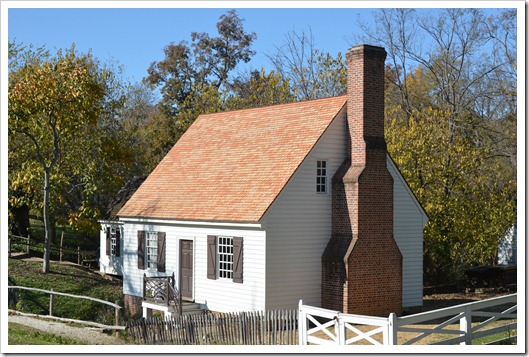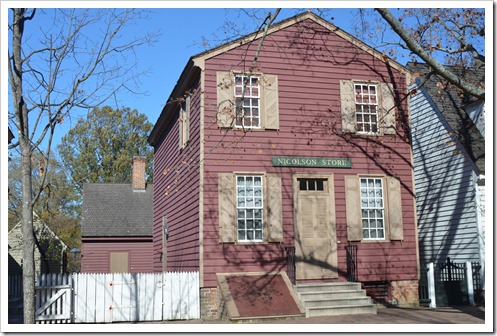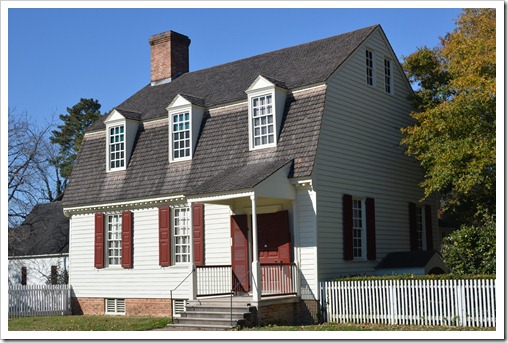The colonial sites in The Historical Triangle - No 1 - Williamsburg 12-17th Nov 2011

Nimue
Thu 17 Nov 2011 19:09
|
Now that we were safely moored up in Norfolk, we took the opportunity of
sharing a few days car hire with Steve & Chris to explore some the famous
colonial sites in Virginia. First stop, a visit to the restored historic
area of Colonial Williamsburg, which stretches over 301
acres, and includes 88 original 18th-century structures Hundreds of
houses, shops and public outbuildings are reconstructed on their original
foundations. Practicing tradesmen make Williamsburg’s historic area a
living town, where trades are practiced with 18th century methods and
tools.
Along with nearby Jamestown and Yorktown, Williamsburg
forms part of the Historic Triangle, which attracts more than four million
tourists each year.
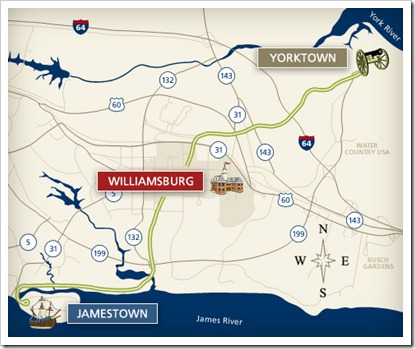 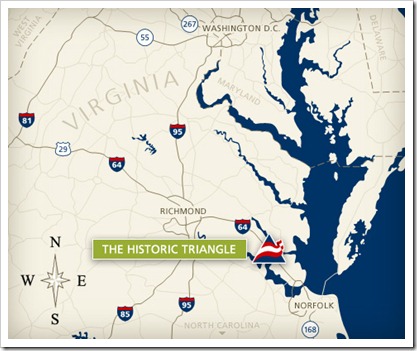 The Historic Triangle and location of
historic Williamsburg
The College of William & Mary, established in 1693, is
the second-oldest institution of higher education in the United States and its
former students include 3 U.S. presidents. Modern Williamsburg
is inhabited in a large part by William & Mary students and
staff.
Williamsburg, founded in
1632 was the thriving capital of the Colony of Virginia from 1699 to 1780
and was the centre of political events in Virginia leading to the American
Revolution. It was here that the fundamental concepts of the republic were
nurtured under the leadership of patriots such as George Washington, Thomas
Jefferson, George Mason, and Peyton Randolph.
Near the end of the Revolutionary War and through the
influence of Thomas Jefferson, the seat of government of Virginia was moved up
the peninsula to the safer and more centrally located city of Richmond.
In 1926 restoration
began. John
D. Rockefeller and Goodwin began a modest project to preserve a few of the more
important buildings, but the work eventually progressed and expanded to include
a major portion of the colonial town, encompassing approximately 85% of the
18th-century capital's original area. In the preservation of
the setting of Virginia’s 18th-century capital, Rockefeller and Goodwin saw an
opportunity to ensure that the courageous ideals of the patriots who helped
create the American democratic system live on for future generations.
Rockefeller gave the project his personal leadership until
his death in 1960, and it was his quiet generosity of spirit and uncompromising
ethic of excellence that guided and still dominates its development. He funded
the preservation of the 88 original structures, the reconstruction of many
buildings, and also the construction of extensive facilities to accommodate the
visiting public.
Some of the beautifully restored houses, stores and workshops (above & below)
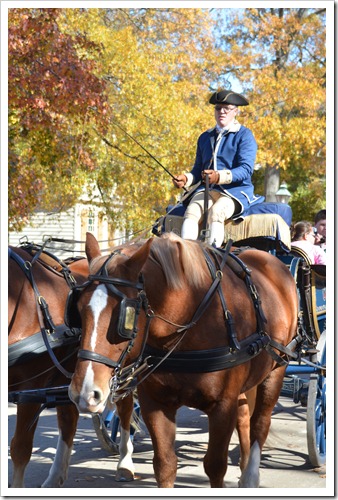 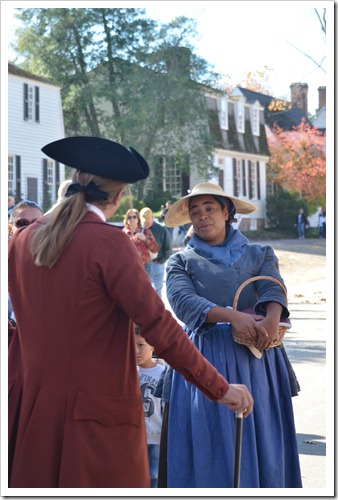  Costumed historical actors,
artisans and guides share their perspective on work, family, politics, religion
and culture (above & below)
 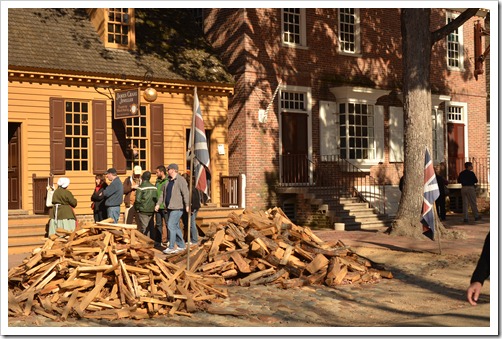  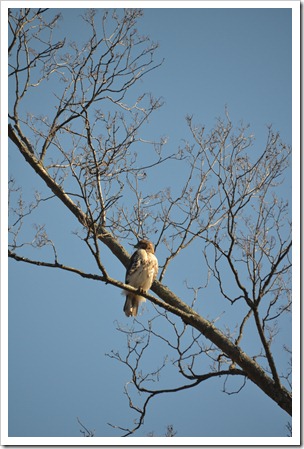 Strolling around the historic
grounds and admiring the beauty of ‘the Fall’ (above &
below)
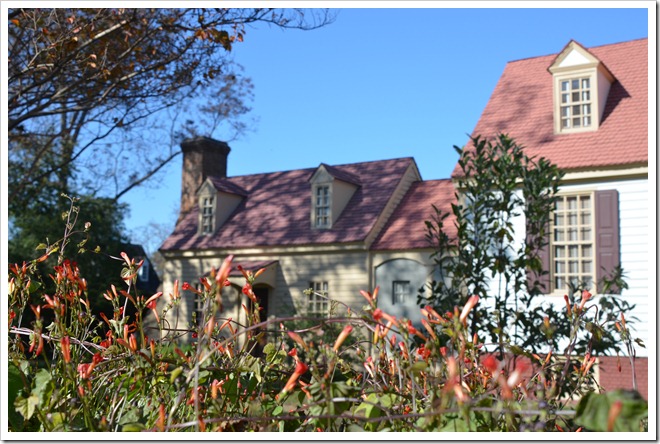  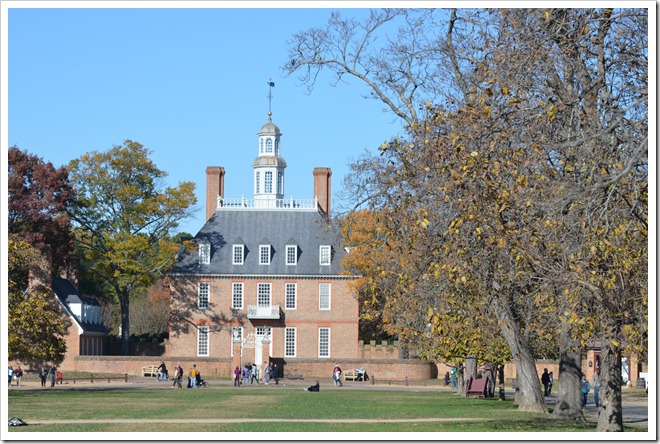  The opulent Governor's
Palace (above) was the embodiment of British order in the colonies.
The Capitol
(above right) was witness to the vote for America's move to independence.
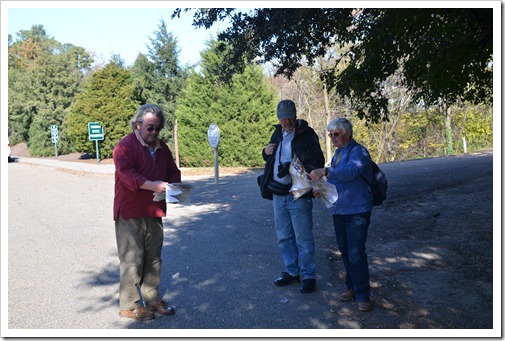  Michael, Steve & Chris map
reading, where is that coffee shop? Outside the
College of William and Mary
A very good day out. Next stop
Yorktown.
|


